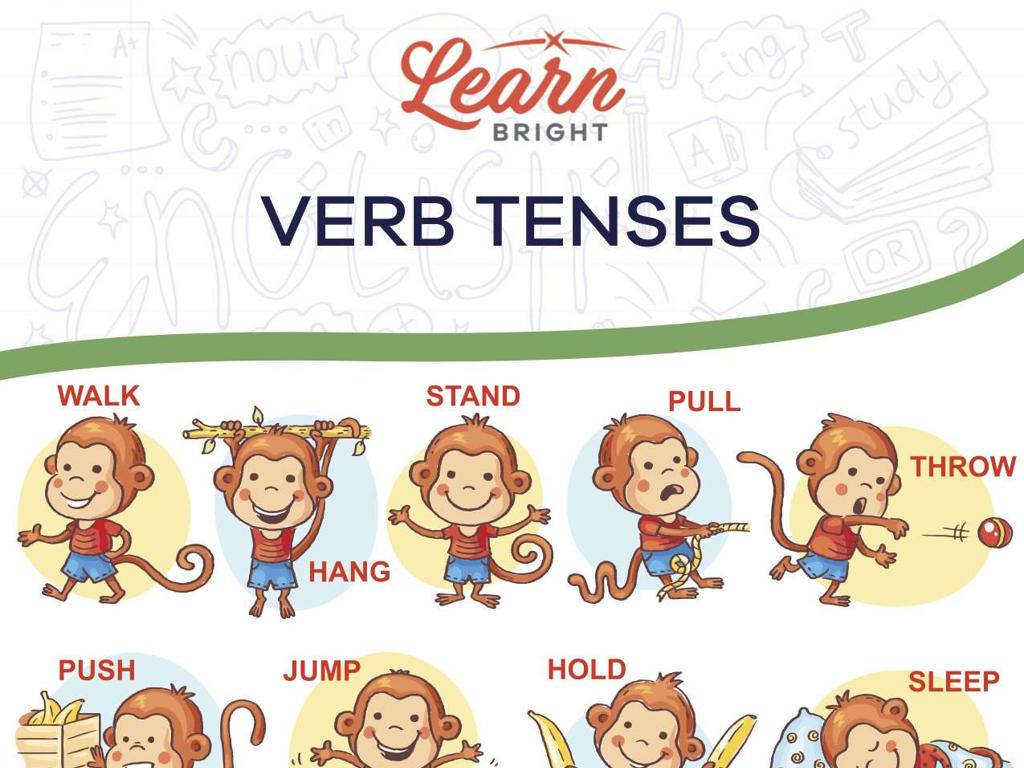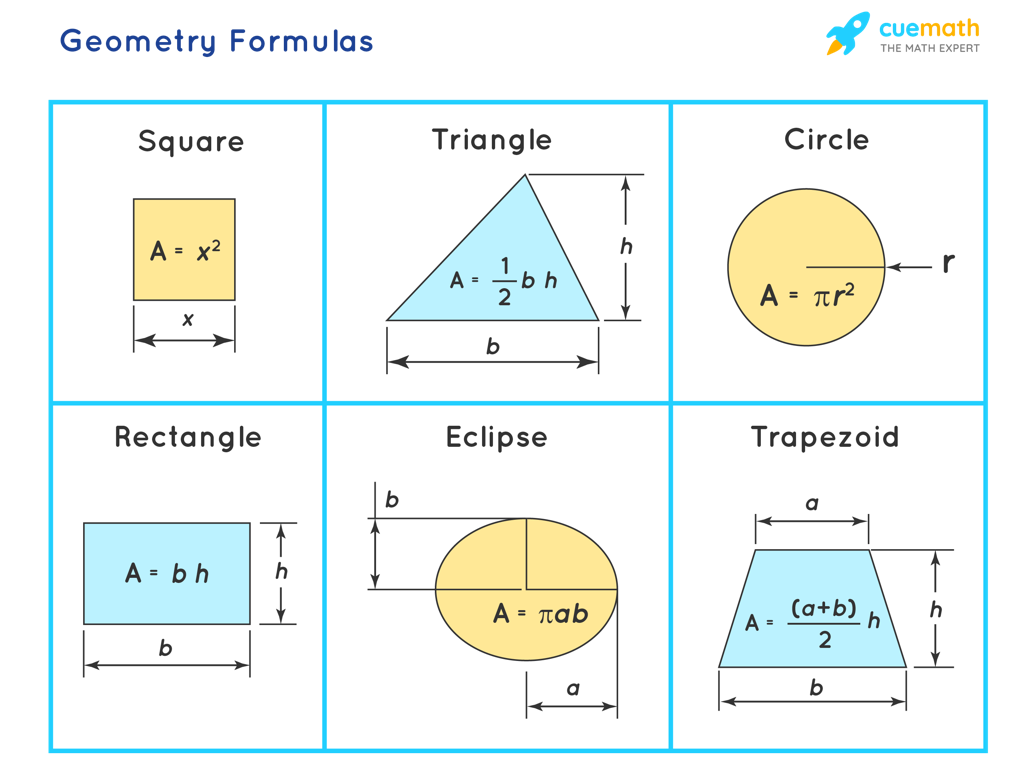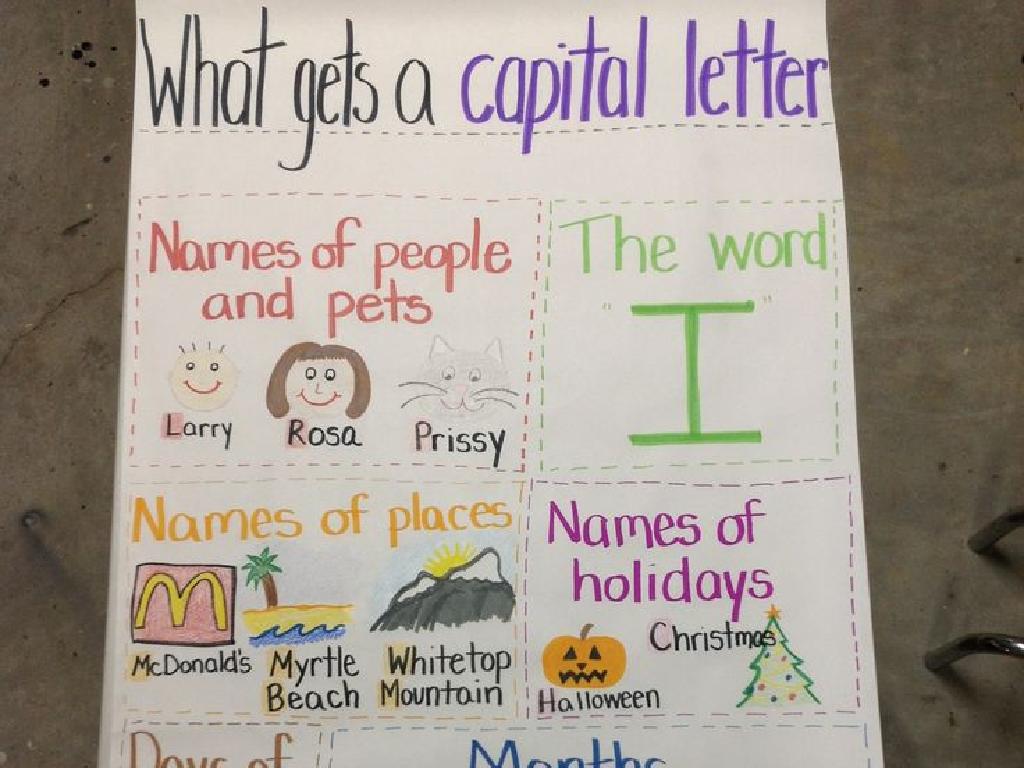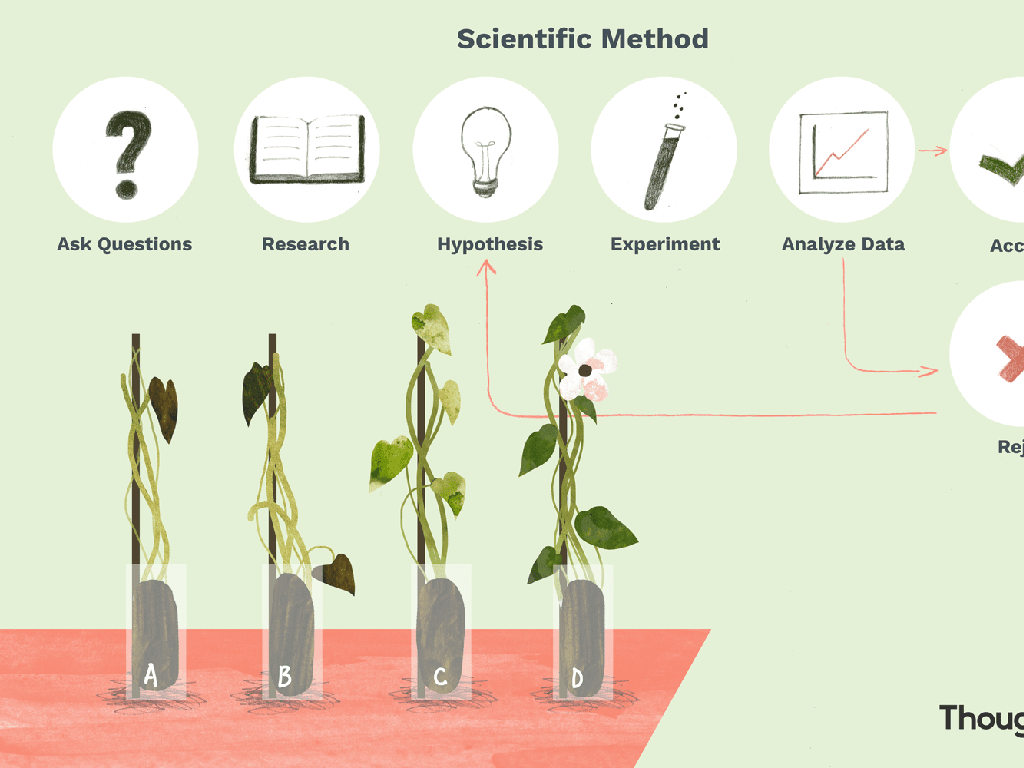Is It A Complete Sentence Or A Run-On?
Subject: Language arts
Grade: Sixth grade
Topic: Sentences, Fragments, And Run-Ons
Please LOG IN to download the presentation. Access is available to registered users only.
View More Content
Complete Sentences vs. Run-on Sentences
– What makes a sentence complete?
– Subject + verb + complete thought = complete sentence.
– Recognizing run-on sentences
– Run-ons have too many ideas without proper punctuation.
– Building blocks of effective writing
– Communicating ideas clearly
– Clear sentences make your writing easy to understand.
|
This slide introduces the concept of complete sentences versus run-on sentences, which is crucial for effective writing. A complete sentence contains a subject, verb, and expresses a complete thought. Run-on sentences, on the other hand, consist of two or more main clauses that are improperly connected. Understanding these building blocks is essential for clear communication. During the lesson, emphasize the importance of punctuation and conjunctions in connecting ideas. Provide examples of both complete sentences and run-ons for students to identify and correct. This will help them in writing clearly and effectively, ensuring their ideas are understood as intended.
Understanding Sentences
– Define a complete sentence
– A sentence has a subject, predicate, and a complete thought.
– Identify subject and predicate
– Subject: who or what the sentence is about; Predicate: tells something about the subject.
– Example of a complete sentence
– ‘The dog barked loudly.’ (Subject: The dog; Predicate: barked loudly)
|
This slide introduces the concept of a complete sentence to the students. Begin by defining a sentence as a group of words that expresses a complete thought and typically contains a subject and a predicate. The subject is the part of the sentence about which something is being said, and the predicate expresses what is being said about the subject. Use clear examples to illustrate a complete sentence, ensuring to point out the subject and predicate. Encourage students to create their own sentences and identify the subject and predicate to reinforce their understanding. This foundational knowledge will help them distinguish between complete sentences and run-ons in future lessons.
Sentence or Fragment?
– Understanding sentence fragments
– A fragment is an incomplete sentence that lacks essential components.
– Identifying fragments in writing
– Look for missing subjects, verbs, or complete thoughts.
– Comparing fragments and sentences
– ‘She runs.’ (sentence) vs. ‘Running fast.’ (fragment)
– Practice with examples
|
This slide aims to help students differentiate between complete sentences and sentence fragments. A complete sentence must have a subject, a verb, and express a complete thought. In contrast, a fragment may be missing one or more of these elements and does not stand alone as a complete idea. Provide students with strategies to identify fragments, such as checking for missing parts of speech or incomplete thoughts. Use examples to illustrate the difference, and then give students a chance to practice identifying and correcting fragments. Encourage them to explain why a fragment is not a complete sentence and how it can be revised.
Run-on Sentences: Spotting the Sprinters
– What is a run-on sentence?
– A run-on sentence has two or more independent clauses without proper punctuation or conjunctions.
– Run-ons cause confusion
– They make it hard to understand where one thought ends and another begins, leading to confusion.
– How to identify run-ons
– Look for sentences that seem too long or where two thoughts are squished together without a comma or conjunction.
– Practice spotting run-ons
|
This slide introduces the concept of run-on sentences to the students. Begin by defining a run-on sentence and explaining that it’s like trying to sprint through two or more ideas without taking a breath. Emphasize that run-on sentences can make writing unclear because they often lack the necessary punctuation to separate distinct thoughts. Teach students to identify run-ons by looking for sentences that continue for too long or where two independent clauses are joined improperly. Encourage them to practice by finding run-on sentences in their reading material or by writing sentences that they can fix as an exercise.
Fixing Run-on Sentences
– Correcting run-ons with punctuation
– Use punctuation like periods, commas, and conjunctions to fix run-ons.
– Using periods to split ideas
– End one idea with a period and start a new sentence for the next idea.
– Commas and conjunctions
– Combine sentences using a comma followed by a coordinating conjunction like ‘and’, ‘but’, or ‘or’.
– Practice: Rewrite run-ons
|
This slide focuses on teaching students how to identify and correct run-on sentences, which are sentences that contain too many ideas without proper punctuation. Emphasize the use of periods to separate complete ideas into individual sentences. Explain the role of commas and coordinating conjunctions in joining two related but independent clauses. Provide examples of run-on sentences and guide students through the process of correcting them. For practice, have students work on rewriting run-on sentences using these methods. This will help reinforce their understanding and application of proper sentence structure.
Sentence or Run-on: Practice Time
– Identify: Complete or Run-on?
– Discuss reasons for your choice
– Is there a subject and verb? Does it express a complete thought?
– Correct run-ons as a class
– We’ll rewrite run-ons to make them correct.
– Reinforce sentence structure
|
This slide is for a class activity where students will practice distinguishing between complete sentences and run-on sentences. The activity will help reinforce their understanding of sentence structure. Students should consider if each example has a subject and a verb and if it expresses a complete thought. For sentences identified as run-ons, the class will work together to correct them, which will involve either splitting the run-on into separate sentences or using conjunctions and punctuation to join the ideas correctly. This exercise will enhance their grammar skills and prepare them for more advanced writing tasks.
Class Activity: Sentence Surgery
– Team up for sentence ‘operations’
– Dissect run-on sentences
– Identify run-ons and decide where to ‘cut’
– Create complete sentences
– Use punctuation to fix run-ons
– Present your surgery results
|
In this interactive class activity, students will work in pairs to identify run-on sentences and practice their editing skills by breaking them into complete, grammatically correct sentences. Provide students with examples of run-on sentences and guide them on how to use punctuation, like periods or commas with conjunctions, to correct them. After the ‘operation,’ each pair will share their corrected sentences with the class, allowing students to learn from each other’s work. Possible variations of the activity could include using different colored pens to mark punctuation, peer review of the corrected sentences, or creating a wall display of ‘before and after’ sentences to reinforce the learning.
Homework: Sentence or Run-On?
– Finish the run-on sentence worksheet
– Write 3 examples of complete sentences
– A complete sentence has a subject, verb, and a complete thought.
– Write 3 examples of run-on sentences
– Run-ons are sentences joined without proper punctuation or conjunctions.
– Get ready to discuss in class
|
This homework assignment is designed to reinforce the day’s lesson on identifying and correcting run-on sentences. Students should complete the provided worksheet, which will give them practice in recognizing run-on sentences. Additionally, they are tasked with creating their own examples of complete sentences and run-on sentences to deepen their understanding of the concept. In the next class, students will have the opportunity to discuss their examples, allowing them to learn from each other’s work and receive feedback. Encourage students to think about the structure of their sentences and to use conjunctions, periods, or semicolons to correct run-ons.
Conclusion: Sentences vs. Run-ons
– Recap: Complete sentences vs. run-ons
– A complete sentence has a subject, verb, and expresses a complete thought, unlike a run-on.
– Why sentence structure matters
– Good structure makes writing clear and understandable.
– Apply today’s lesson to your writing
– Use what we’ve learned to improve your essays and stories.
– Practice makes perfect
|
As we wrap up today’s lesson, remind students of the key differences between complete sentences and run-ons. Emphasize the importance of proper sentence structure in making their writing clear and effective. Encourage them to apply these concepts in their daily writing tasks, whether it’s homework, essays, or creative stories. Reinforce the idea that with regular practice, they will become more skilled at identifying and correcting run-ons, leading to stronger writing skills. Consider assigning a short writing task for the next class where students can demonstrate their understanding of the lesson.






